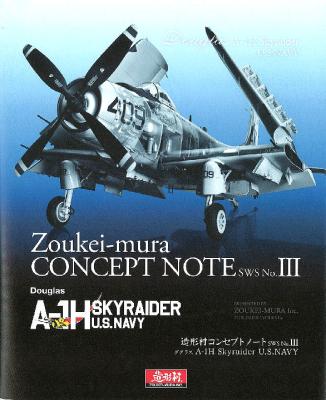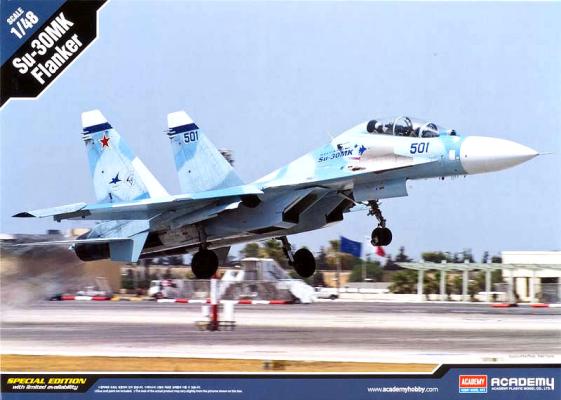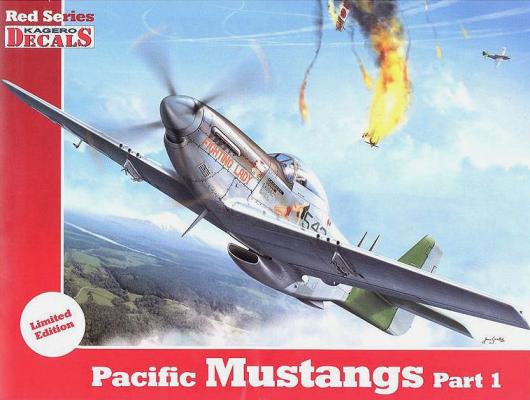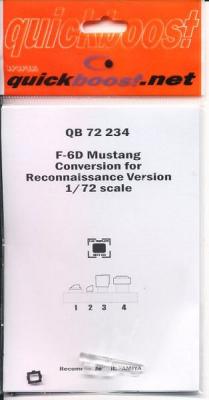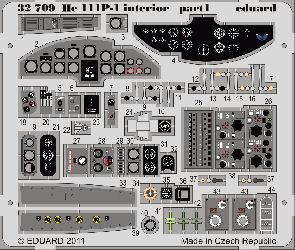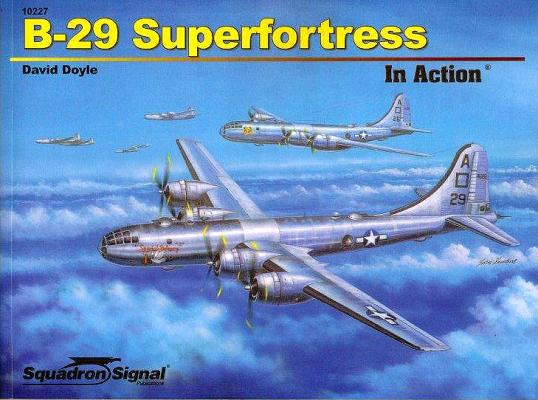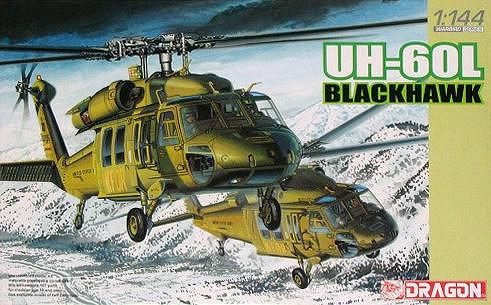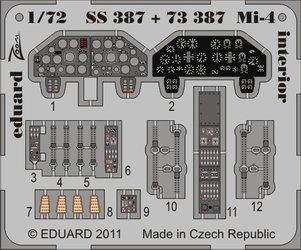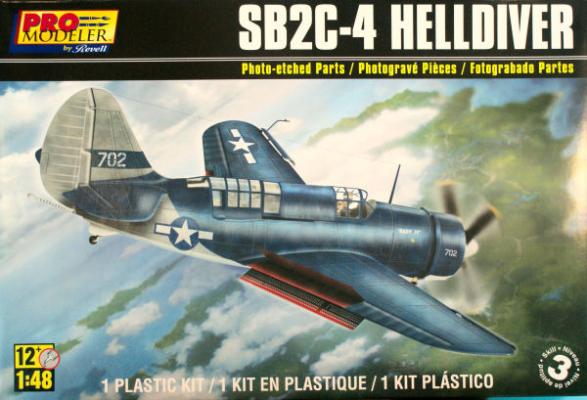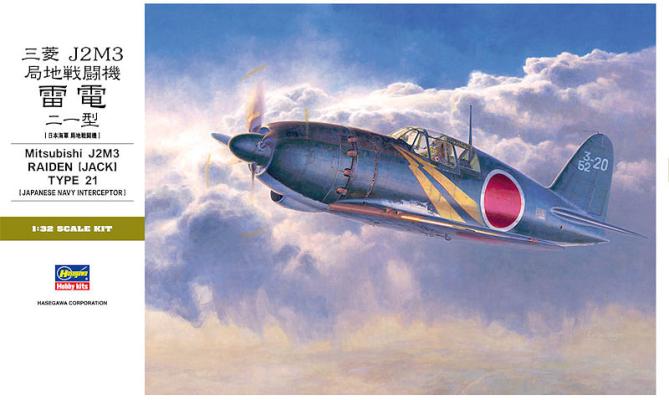This is Zoukei-mura’s third publication for their SWS model kit range, this one concerning their excellent 1/32 A-1H model. As I write, I can’t recall any other similar publication from a kit manufacturer to complement their kits. The book is broken down into 4 chapters, with a foreword and an afterword section. The photos are some of the best I have ever seen in any publication and I am going to say I've never seen them displayed in any other book. Their quality and crispness is by far a step above many other publications.
The text is 50-50 Japanese and English. At first it was a little hard to read but, after a few minutes there was no problem.
Also included is a very nice decal sheet with data and stencils (only in the first edition for this book).
The Forward
The Forward section deals with the company’s concept to come up with a "Dream Wing" for their "Super Wing Series."

